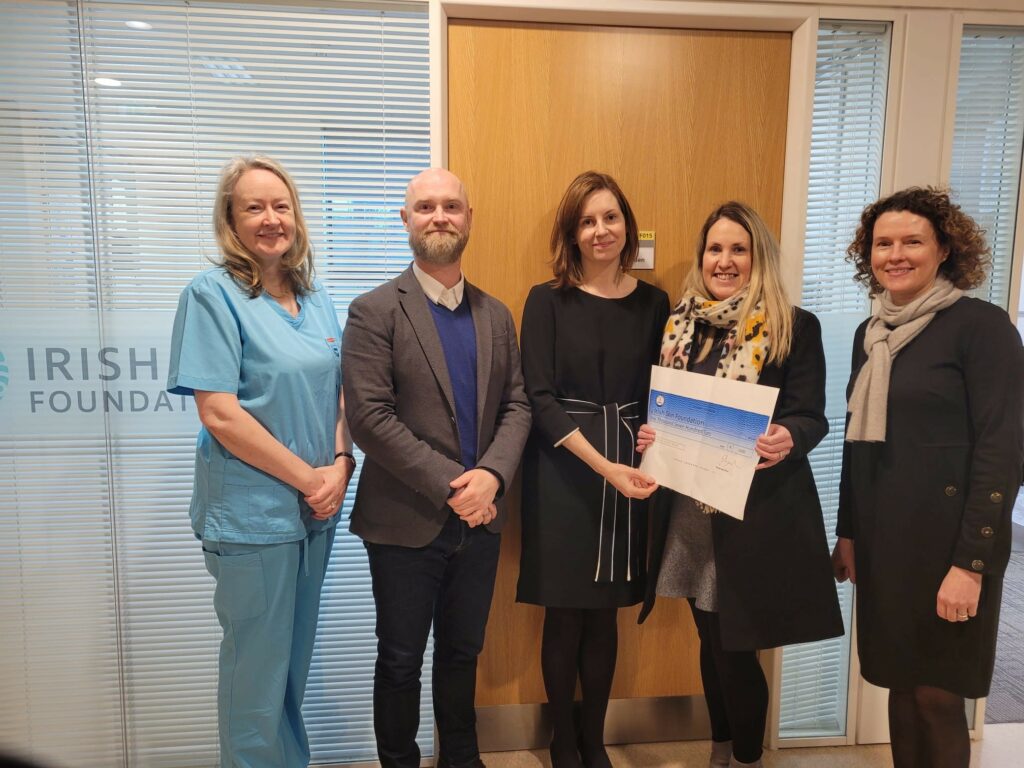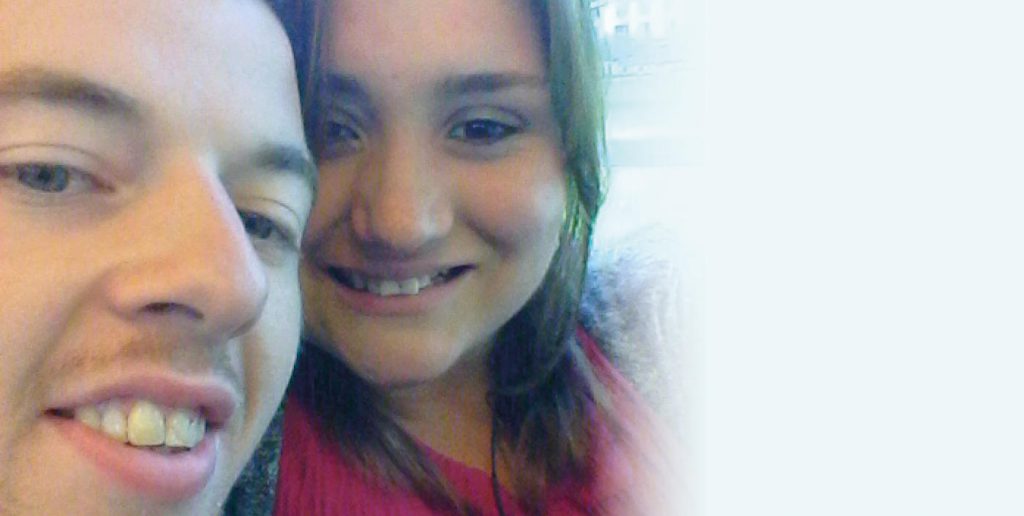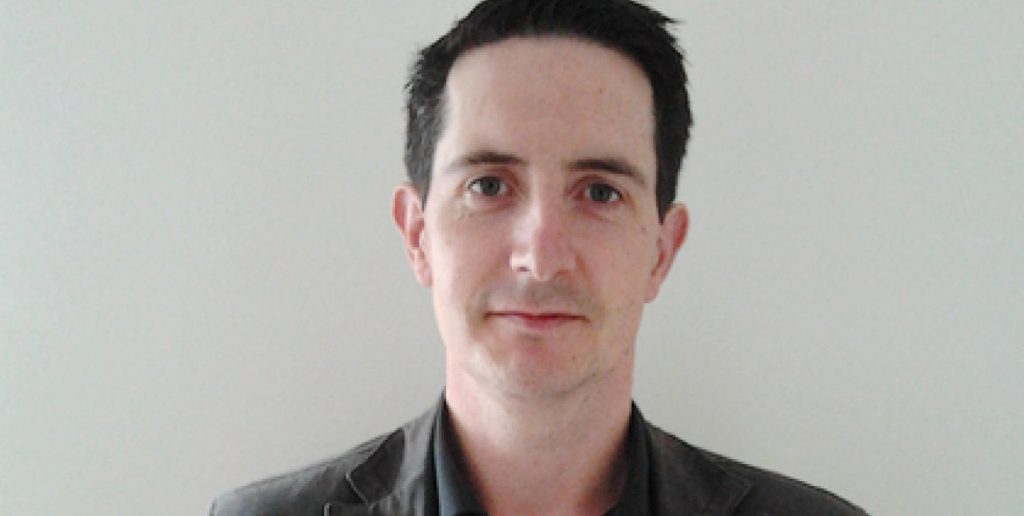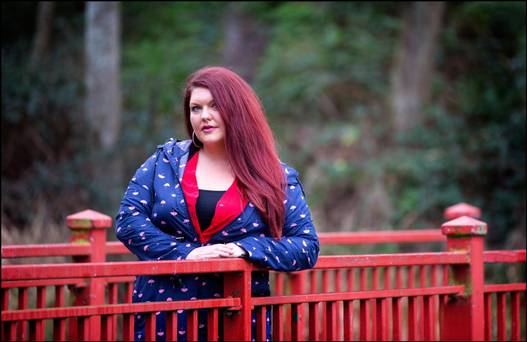Skin cancer is the most common cancer in Ireland. Yet in most cases, it is preventable and early detection leads to better outcomes. With rates projected to treble over the next 25 years, how can this trend be reversed?
A world first
In 2014, Australia became the first country in the world to bring about a reduction in skin cancer rates (both melanoma and non-melanoma) in the under 45 age group. At a recent skin cancer prevention seminar organised by the Irish Cancer Society and the National Cancer Control Programme, Professor Terry Slevin (Education and Research Director at the Cancer Council in Western Australia), shared some insights…
Sustained effort – sustained progress
A sustained sun-safety health promotion campaign, which began in the 1980s, has led to greater awareness of the health risks related to over exposure to ultraviolet radiation, as well as a dramatic change in attitudes.
Starting with the ‘Slip, Slop, Slap’ campaign targeting children, the sun-safety strategy broadened its message (Slip, Slop, Slap, Seek, Slide) and reach over time, to include the wider community, encompassing childcare centres, schools and workplaces.
Research and evaluation
Sun safe practices lead to a reduction in skin cancer incidence. Australian research has demonstrated the effectiveness of well planned, resourced, executed and sustained campaigns to have a lasting impact.
It has also highlighted the importance of the social and environmental context in enabling positive sun safe choices. Measures such as ‘no hat, no play’ have become mandatory in schools and in terms of artificial ultraviolet radiation, sunbeds are now banned in all states.
Real stories change behaviour
Communicating the sun safe message has become progressively more nuanced and targeted. However, real stories about people’s experiences of skin cancer remain a powerful way to motivate behavioural change.
‘Health & wealth benefits’
From a government point of view, cost is key. Beyond the direct health benefits, effective campaigns have wealth benefits (i.e. healthcare savings) for countries that invest in prevention.
Work done, more to do
Tremendous progress has been made, but Australia still has one of the highest incidences of skin cancer in the world, with two out of every three Australians being diagnosed before the age of 70.
While the incidence of skin cancer among the over-60s continues to rise, the number of cases for those in the 40-59 age range has started to plateau/level off. However, the most benefit of the prevention effort has been seen in those under 40.
Sun damage is cumulative
Given that sun damage is cumulative, this time lag between overexposure to ultraviolet radiation and the development of skin cancer makes sense. It also underscores the importance of developing sun safe habits at a young age, when children are most receptive.
The Irish question
Can these successes – increasing awareness, changing attitudes and a corresponding fall in skin cancer statistics – be replicated in Ireland?
Challenges include:
- approximately 75% of the Irish population have skin type 1 or 2, which burns easily and is more prone to skin cancer
- a prevailing culture in which people believe having a tan is healthy
- the Irish climate – people (understandably) rush outside at the first hint of sunshine, often without adequately protecting their skin, or are taken by surprise, and so are ill prepared when the sun shines
- holidays to sunnier climates where people experience shorts periods of intense sunshine and often sunburn.
A new National Skin Cancer Action Plan is currently being devised, and coordinated by Dr Barbara McGrogan, research scientist with the National Cancer Control programme. The plan will be informed by best practice in Australia, and elsewhere. It is agreed that a coordinated response with consistent messaging is necessary to address the escalating incidence of skin cancer, and it is hoped that a draft plan will be in place by the end of the year.



